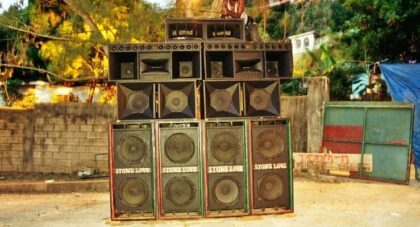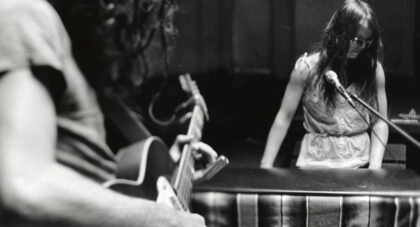In May, post-punk legends The Raincoats announced a handful of shows across the UK and a performance at Le Guess Who? to celebrate the 40th anniversary of their seminal self-titled debut album. A couple of hours after hearing the news, I began looking at flights-- and on November 10th, I attended the 40th anniversary celebration of The Raincoats at EartH Hackney in East London, the only gig in their hometown. Fresh from . . .
Only the good shit. Aquarium Drunkard is powered by its patrons. Keep the servers humming and help us continue doing it by pledging your support.
To continue reading, become a member or log in.


